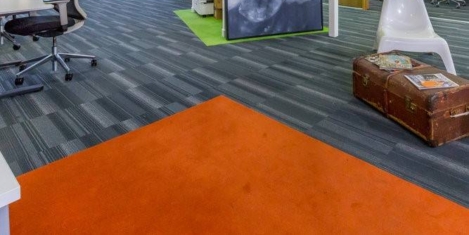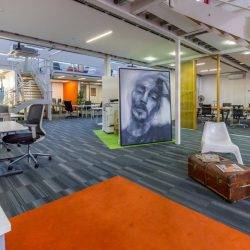February 28, 2017
Working significantly past the state retirement age is a threat to recruitment and retention, claims study 0
 Rising numbers of employees working past traditional retirement ages is a potential threat to recruitment and retention, new research from employee benefits consultancy Portus claims. Its study of 103 HR executives and 1,043 employees claims 41 percent of HR managers believe they face looming problems in retaining and recruiting new staff if existing employees are unwilling to retire or can’t afford to. Employment data shows 1.19 million over-65s are still working – slightly down on the 1.202 million peak at the start of 2015 – but still nearly double the 635,000 over-65s in the workforce in 2006. Working past 65 is increasingly seen as an option by employees, the study claims. It found just 29 percent of employees have ruled out working past 65. Younger workers – who face higher state pension ages – are the most likely to work past 65 with just 23 percent of those aged 25 to 34 saying they will definitely stop work by 65.
Rising numbers of employees working past traditional retirement ages is a potential threat to recruitment and retention, new research from employee benefits consultancy Portus claims. Its study of 103 HR executives and 1,043 employees claims 41 percent of HR managers believe they face looming problems in retaining and recruiting new staff if existing employees are unwilling to retire or can’t afford to. Employment data shows 1.19 million over-65s are still working – slightly down on the 1.202 million peak at the start of 2015 – but still nearly double the 635,000 over-65s in the workforce in 2006. Working past 65 is increasingly seen as an option by employees, the study claims. It found just 29 percent of employees have ruled out working past 65. Younger workers – who face higher state pension ages – are the most likely to work past 65 with just 23 percent of those aged 25 to 34 saying they will definitely stop work by 65.













 Implementing new technologies over the next 12 months is of primary importance for senior managers, with nearly two-fifths of finance directors saying digital transformation is one of their greatest priorities. Against a backdrop of economic uncertainty, chief financial officers (CFOs) are focusing on increasing profitability (41 percent) and driving overall company growth (39 percent) in the year ahead, according to research from,
Implementing new technologies over the next 12 months is of primary importance for senior managers, with nearly two-fifths of finance directors saying digital transformation is one of their greatest priorities. Against a backdrop of economic uncertainty, chief financial officers (CFOs) are focusing on increasing profitability (41 percent) and driving overall company growth (39 percent) in the year ahead, according to research from, 



















February 21, 2017
What you need to know about changes to business rates and lease renewals 0
by Alex Watt • Comment, Facilities management, Legal news, Property
(more…)